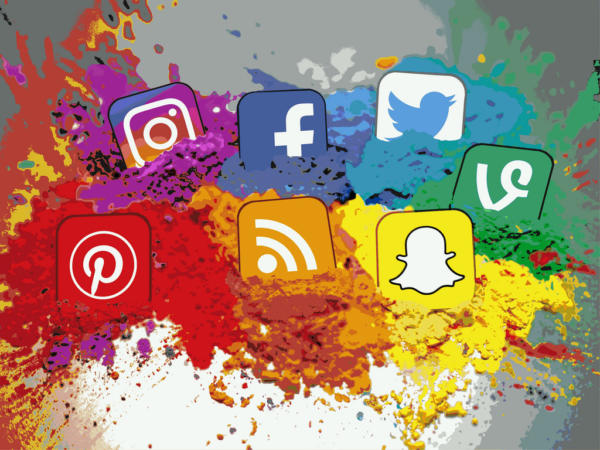A new poll recently unveiled that black teens are by far the biggest users of popular social media platforms like Instagram and Snapchat, causing a frenzy of media speculation as to why. The special relationship between today’s leading digital platforms and youthful minorities is growing ever stronger, and shows how much progress has been made. But some concerns still linger about whether black teens’ particular reliance on smartphones is still indicative of broader inequalities.
Here’s why black teens are flocking to platforms like Instagram and Snapchat, and what recent survey results about their digital habits say about their future.
Outpacing their peers
By and large, teenagers and technology go hand in hand across ethnic, racial and national boundaries. Nonetheless, contemporary black teens are outpacing their peers when it comes to how committed they are to popular social media sites like Instagram and Snapchat. A recent report noted that nearly nine out of 10 black teens used Snapchat, as opposed to seven out of 10 whites. Black teens also noted significantly higher engagement rates on Instagram, where a third of them noted they used the service almost constantly as opposed to the one fifth of white respondents who said the same.
Another statistic stuck out in the report’s findings: black teenagers are the most likely to have access to digital smartphones than their peers, too. It’s fair to say that the reliance of black teens on smartphones and their respective apps, which make using sites like Instagram and Snapchat all the easier, is helping them stay ahead of their peers when it comes to how much they visit these sites. Black teens were even reporting getting addicted to these sites at higher rates than others, given that more of them reported using these services in a near-constant fashion than other groups.
While some consider this news to be positive and indicative of the fact that young black Americans are getting tech-savvier by the day, it’s also reflective of the economic inequality that continues to haunt minorities throughout the nation. Smartphones are more prevalent than such things as tablets, laptops or desktop computers precisely because they’re cheaper, and an overabundance of and reliance on smartphones can actually show how they’re the only affordable way to access the internet. Really, this new report illustrates how challenging it is for many black teenagers to get access to the web in the same way their wealthier peers do.
Smartphones are essentially lifelines to a great deal of Americans, so our overreliance on them shouldn’t be harangued too much. Nonetheless, higher levels of household wealth would definitely contribute to the broader ownership of traditional laptops and computers, and help end the scourge of smartphones being the only way black youths can enjoy the internet.
Social media is changing
The recent reports noting that black teens are more likely to use certain social media sites, utilizing services that let you buy YouTube subscribers to drive traffic, were also unveiled during a period in which other rapid shifts in social media ecosystems are being reported. Facebook, for instance, which has long dominated the world as its largest social media behemoth, is losing younger users in droves regardless of their race or ethnicity. A recent report by the Pew Research Center noted that young internet users around the nation are pivoting to new sites like Instagram and YouTube, which are much more suited to their preferences.
We can keep expecting social media sites to change like this, and we should equally expect black teens to continue to lead the way. After all, young minorities have long been pioneers of digital trends, and black teens in particular have been a pivotal part of the internet culture that’s come to define our modern life.
Black teens have regularly relied on social media sites to meet up with one another and express themselves in ways otherwise prohibited in broader social life, for instance. It’s indisputable that black teens have been one of the most active demographics on the internet and social media channels in particular in recent years, and that’s precisely because they’re so efficient as using this communicative tech to find like minded people from similar backgrounds they can finally connect with.
As long as it’s a struggle for black teens to express themselves and find people of similar identities and backgrounds in their everyday lives, we should expect to find them flocking to the internet to help make interpersonal connections. The world can be a cold place, and the allure these social media sites offer black youths who struggle to connect with one another in the physical world can seem irresistible. Upon reflection of what these poor kids are going through on a daily basis in this age, it’s no wonder black teens are the biggest users of Instagram and Snapchat.

